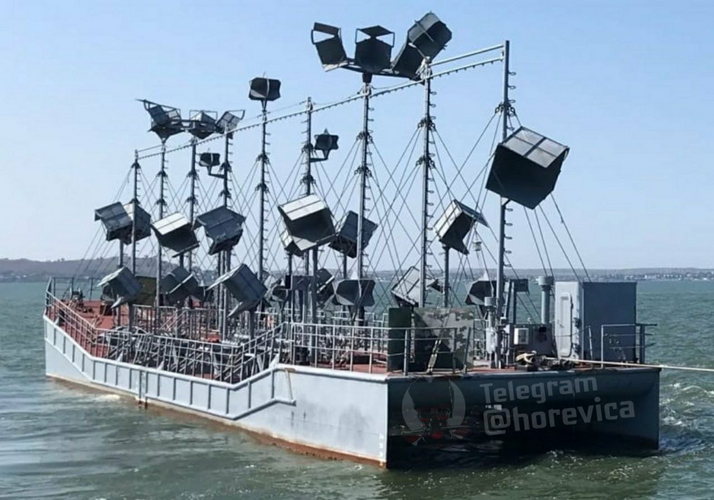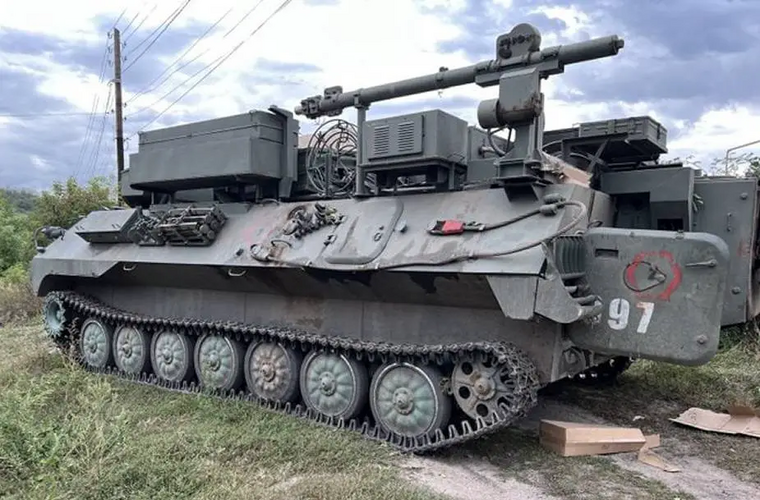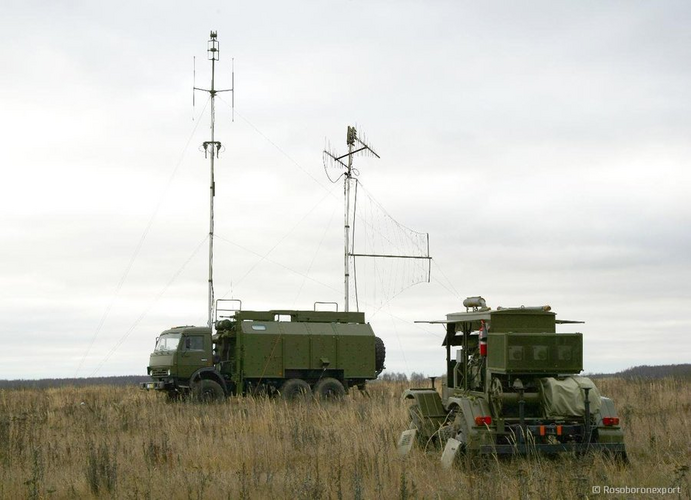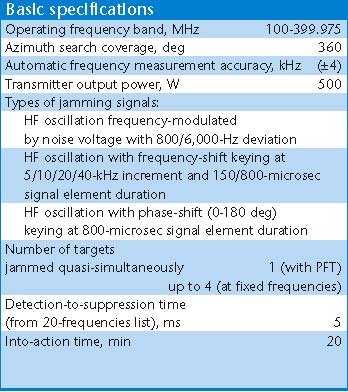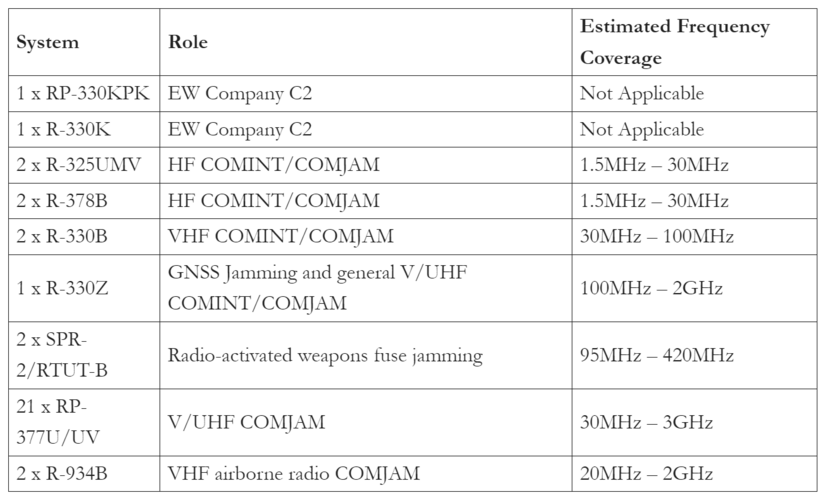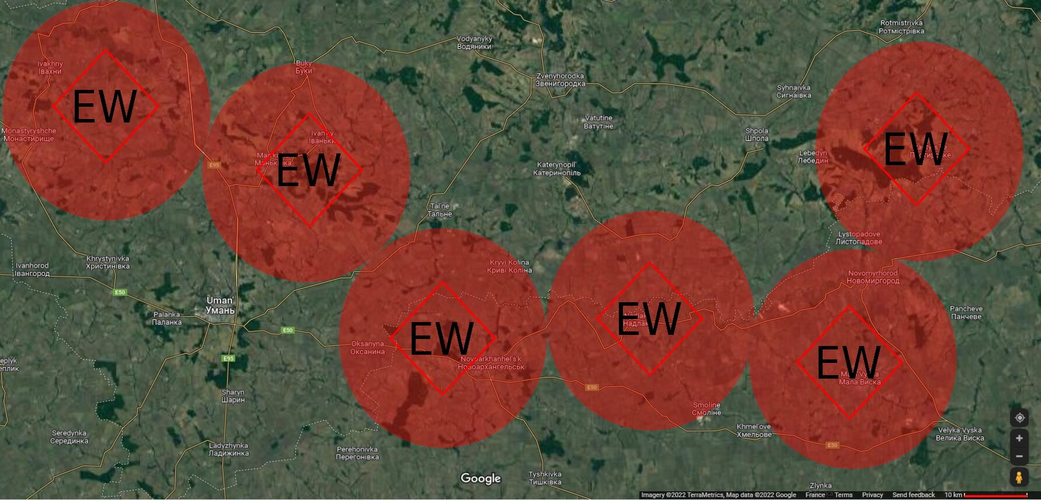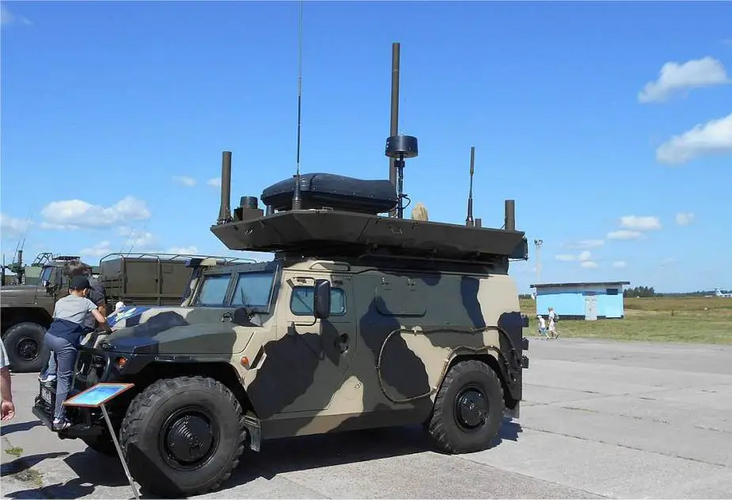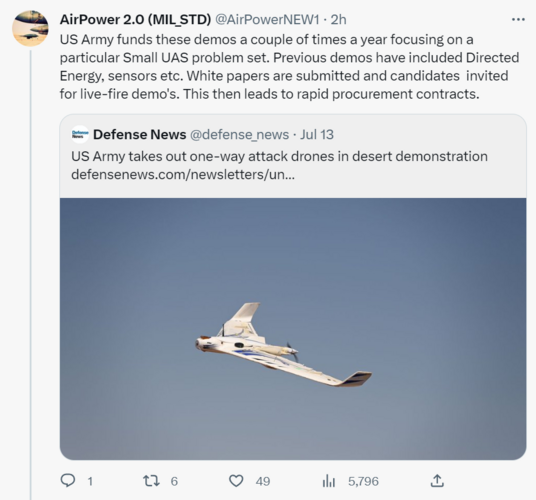Forest Green
ACCESS: Above Top Secret
- Joined
- 11 June 2019
- Messages
- 7,901
- Reaction score
- 13,349
US Forces Untrained, Unready For Russian, Chinese Jamming - Breaking Defense
Training for electronic warfare threats is too easy, leaving troops dangerously unready for great power conflict. Scenarios are so unrealistic that one officer called them "garbage."













